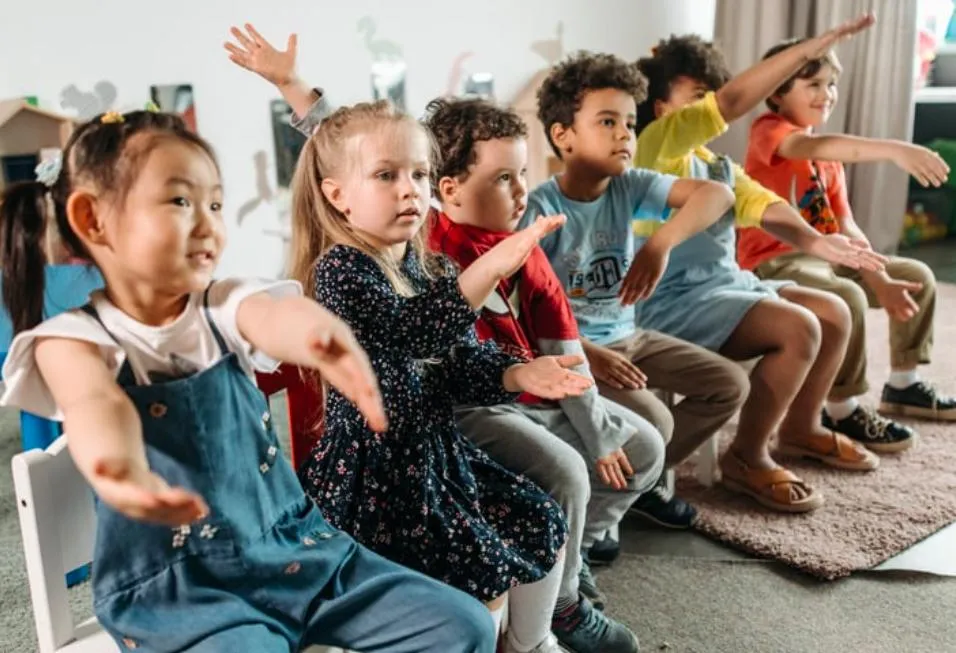
The Importance of Identifying Gifts and Talents in Each Student
Click here to watch the YOUTUBE version of this post.
Welcome to our yearlong series on Classroom Management by Design for Primary Teachers. Each week we will give you a new piece to the classroom management puzzle to have in place when you need it this school year. Think of it as a Lego kit just waiting to be built.
Classroom Management by Design for Primary Teachers: The Importance of Identifying Gifts and Talents in Each Student

Introduction:
Every student brings unique strengths, gifts, and talents to the classroom. Recognizing and celebrating these qualities not only boosts their confidence but also fosters a supportive, inclusive learning environment. In this session, we’ll explore why identifying gifts is crucial, how to uncover these talents, and strategies to nurture them effectively within the classroom.
1. Why Identifying Gifts and Talents Matters
a) Builds Confidence and Motivation
When students know their strengths, they feel valued and empowered. This self-awareness increases engagement and perseverance in challenging tasks.
b) Fosters Classroom Inclusivity
Highlighting individual talents teaches students to appreciate diversity and encourages collaboration.
c) Encourages Holistic Growth
Recognizing a range of gifts, from academic to artistic or social, supports students in developing a well-rounded sense of self.
Teacher Insight:
“Not every gift shows up in a test score. The quiet artist, the budding comedian, and the problem-solver all have talents that can shine when given the right opportunities.”

2. How to Identify Gifts and Talents
a) Observation in Action
Watch students during lessons, group activities, and playtime. Look for:
Natural inclinations (e.g., a student who loves solving puzzles may have a gift for critical thinking).
Strengths that surface during challenges (e.g., a student who remains calm and helps others in a tricky situation).
b) Student Self-Reflection
Ask students what they enjoy and feel confident about. Use open-ended prompts like:
“What’s something you’re really good at?”
“What do you love doing the most?”
c) Input from Families and Peers
Parents and guardians often see talents that may not emerge in the classroom. Encourage them to share insights through surveys or casual conversations.
Peers can also identify each other’s strengths through activities like “Compliment Circles,” where students share what they admire about one another.

3. Creating Opportunities to Spotlight Talents
a) Talent Showcases
Dedicate time for students to share their skills, whether it’s reading a poem, showing a drawing, or explaining a hobby.
b) Flexible Lesson Plans
Incorporate choice into assignments, allowing students to use their talents to complete tasks. For example, a book report could be written, presented as a skit, or created as a visual infographic.
c) Student Leadership Roles
Assign classroom roles that align with individual strengths.
The empathetic student can be a “Peer Helper.”
The organized student can manage materials as a “Classroom Librarian.”

4. Strategies for Nurturing Gifts in the Classroom
a) Provide Encouragement
Celebrate progress, not just achievement. For instance, if a shy student shares an idea in class, acknowledge their bravery.
b) Connect Talents to Learning
Integrate students’ interests into curriculum goals.
A student with a knack for storytelling can write creative pieces in language arts.
A budding scientist can lead a classroom experiment.
c) Collaborate Across Disciplines
Encourage students to apply their talents in multiple areas. A student skilled in music might create a song to summarize a science lesson.

5. Practical Tools to Help Identify and Track Talents
a) Strengths Survey
Create a simple survey with questions like:
“What’s something you’ve done that made you feel proud?”
“What’s your favorite thing to learn about or do in school?”
b) Talent Wall or Portfolio
Dedicate a section of the classroom to showcase student work, projects, or achievements. Alternatively, maintain a digital or physical portfolio for each student to track their growth.
c) Goal-Setting Sheets
Help students set goals based on their strengths. For example, “I want to write a story to share with my class by the end of the month.”

6. Challenges in Identifying Gifts and How to Overcome Them
a) Overlooked Talents
Quiet or introverted students may not readily display their talents. To engage them:
Create low-pressure opportunities, like small group projects.
Use art or writing as a medium for self-expression.
b) Behavioral Challenges
Students with disruptive behaviors often have untapped strengths. Work to uncover the “why” behind the behavior and redirect their energy positively.

7. The Long-Term Impact of Identifying Gifts
By helping students recognize their unique abilities, you lay the foundation for:
Increased self-esteem and resilience.
Lifelong appreciation of diversity in others.
Stronger relationships between teachers, students, and families.

Conclusion
Identifying and nurturing the gifts and talents in each student isn’t just a nice-to-have; it’s essential for building a thriving classroom community. When students know their strengths and see them valued, they develop confidence, empathy, and a sense of purpose.
Take the time to observe, celebrate, and cultivate these gifts—you might just unlock a passion that changes their lives.
DID YOU KNOW…
Did you know I organize a FREE Facebook Group for Mastering Classroom Management? We are gearing up for our school year quarter sessions, so if you’re looking for a simple way to improve your classroom management join the already 200+ teachers that have signed up: Mastering Classroom Management Facebook Group
Your ebook GIFT: Empowering Primary Teachers: Effectively Manage Disruptive and Violent Behaviors in the Classroom

FINALLY…
If you enjoyed the tips in this post, you might also enjoy this series of videos Classroom Management by Design for Primary Teachers:
Back to Basics: Teaching Expectations and Routines in January
Staying Organized as a Primary Teacher in January
Making Your Teacher Dollar Stretch This Holiday Season
Student Gifts: To Gift or Not to Gift?
The Power of Gratitude in the Classroom (Year Round!)
Don’t forget to follow us over on Instagram!
Teach~Relax~Repeat
Lauren

